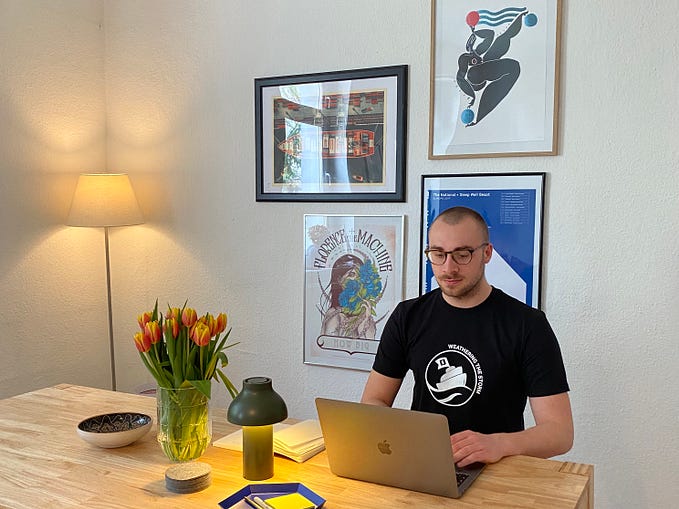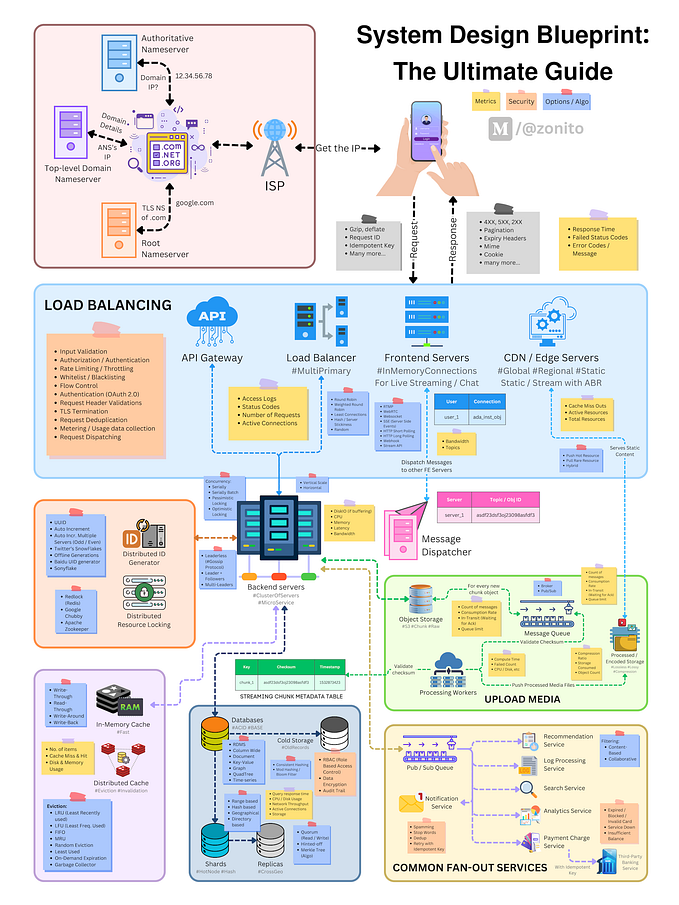Member-only story
Ten Companies Leading the Upcoming Humanoid Robot Wave
Commercial humanoid robots are coming and here are 10 companies working on bringing them to work alongside humans
For a long time, humanoid robots existed only in the world of science fiction. But thanks to advances in robotics and artificial intelligence, humanoid robots can not only walk but also dance and do parkour, and will soon work alongside humans. Some of them might even arrive next year.

The environments we work and live in are designed, well, for us, humans. We live in complex environments full of objects designed to be manipulated with our hands and navigated on foot.
Introducing a robot into such an environment can be challenging. If you want to introduce an industrial robotic arm to your workflow that is currently optimized for human workers, there is a big chance you will need to redesign the workflow around the new robot. In some environments, like factories or warehouses, redesigning the workflow around robots makes sense. However, there are some environments, like hospitals, offices or even our homes, where this kind of redesign is not feasible.
That would not be the case with a sufficiently capable humanoid robot. Such a robot can be dropped into any environment designed for humans and start operating in it without any changes in the environment or in the workflow. And unlike industrial robots, humanoid robots are being designed to share space with human workers and work together with them.
That sounds straightforward but it is not an easy task.
Humanoid robots need to be dexterous enough to operate in human environments. They need to be able to open doors, climb stairs, pick up objects, and use tools designed for human hands. They need to have good power sources and be energy-efficient to work for at least 4 hours on one charge. They need to be quiet to not drive human co-workers mad and smart enough to work effectively with them. These robots also need to be designed to be safe around humans. They need to be aware of their surroundings at all times and be able to predict what a human co-worker will do and what humans expect them to do. Add all those and many more challenges, and you get probably the most…








